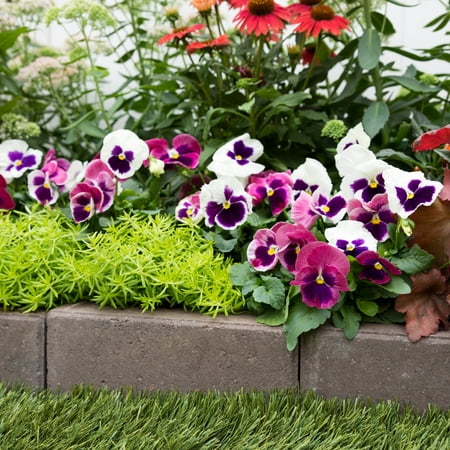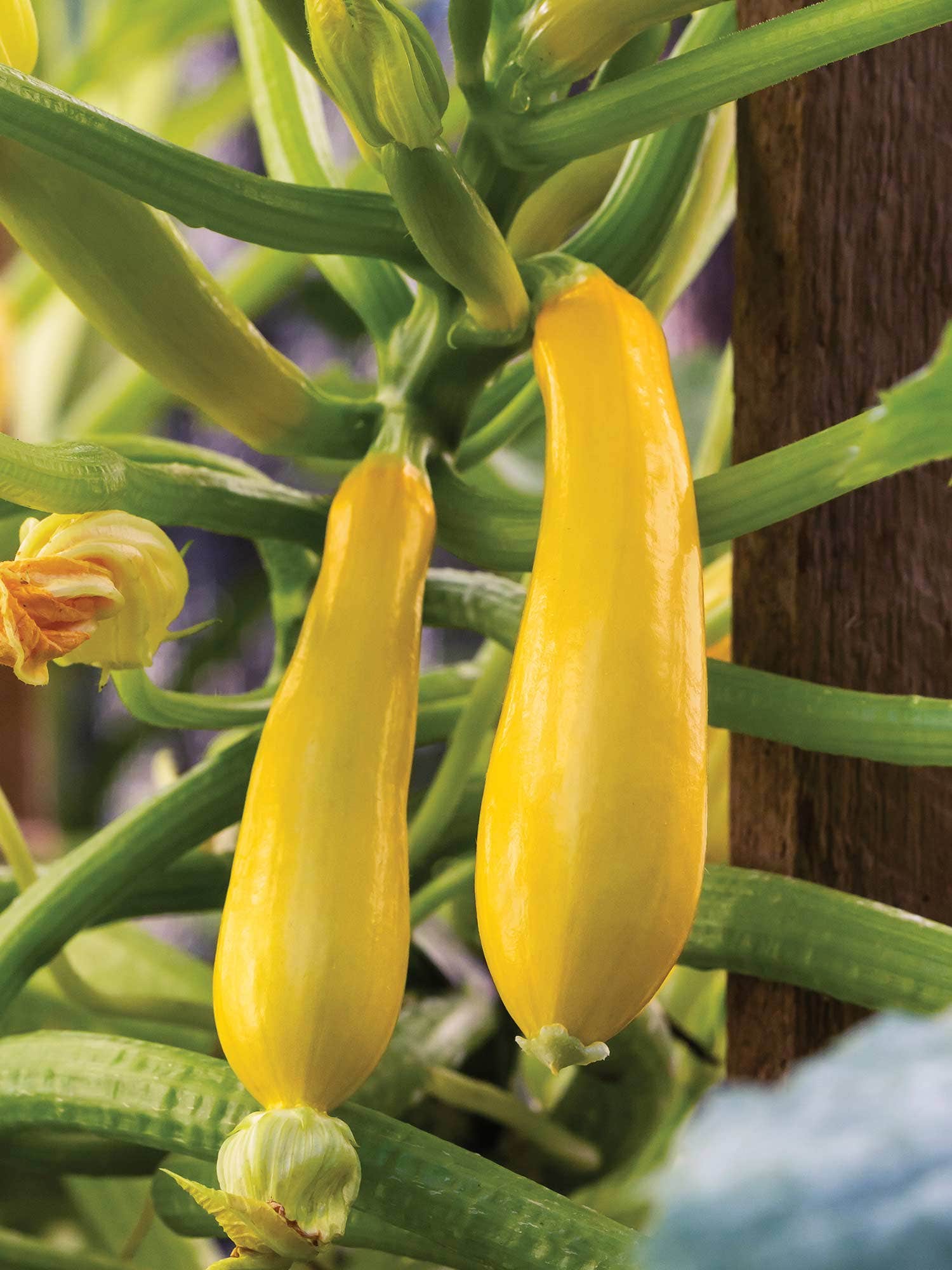8 of the Best Flowers You Can Eat to Grow in Your Own Yard — "Use Them for Your Summer Salads!"
From squash blossoms to pansies, get the experts' advice on how to grow your own edible flowers and wow everyone at your next dinner party
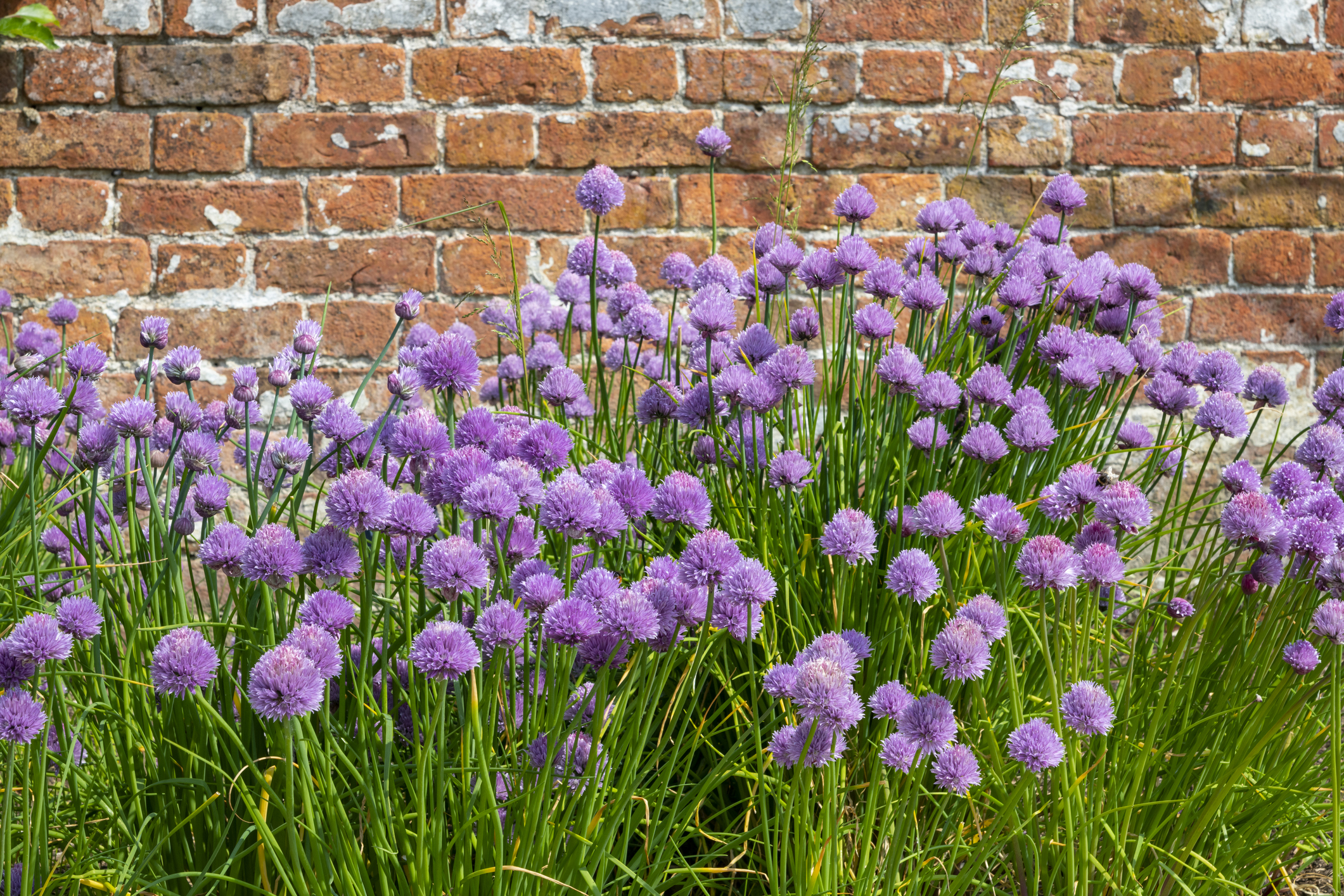
If, like me, your Pinterest boards are bursting with fantasy vegetable patches, bespoke raised beds, and elegant greenhouses, then you too have caught the grow-your-own bug. But while zucchini and tomatoes are great homegrown staples, this summer I’ve got my eye on something a little more elegant – edible flowers.
Usually seen scattered throughout our summer garden beds or bunched into bouquets, flowers rarely get the chance to take center stage on our plates. But when used the right way, flowers can transform everyday dishes into show-stopping tasty meals.
To get the full low-down, I’ve gone straight to the green-thumbed experts to see how the pros grow, harvest and use flowers from their vegetable gardens in their everyday cooking.
What are the easiest edible flowers to grow?
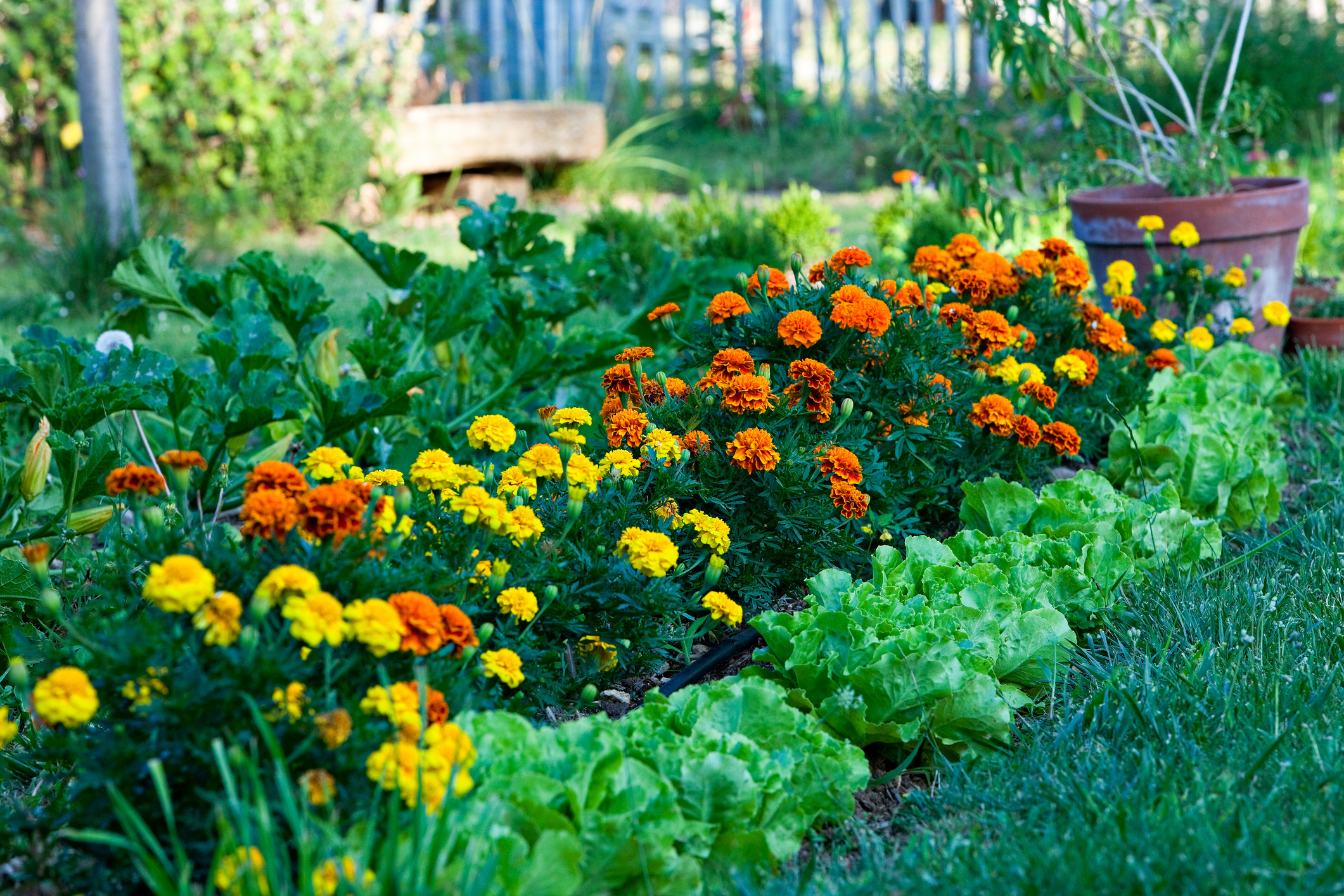
Not all of us are born with green thumbs, but don’t let inexperience scare you away from growing your own edible flowers. Plant expert Jen McDonald of Garden Girls thinks everyone can have a go at growing your own, it’s just a case of choosing the right flowers to get started on.
'The easiest edible flowers to grow depend mostly on timing and climate,' she says. 'In spring and summer, you can grow marigold, nasturtium, chamomile, lavender, and squash blossoms. Easy cool-weather favorites include pansy, viola, and calendula. These are all extremely easy to grow.'
Don’t be daunted about growing these plants from seed either, and you don't have to start off in your flower beds. Simply grab a bag of seed compost and a large seed or cell tray – you can even reuse plastic food containers. Pop a seed or two in each compost-filled cell, water it lightly, and leave the seeds to sprout on a warm sunny windowsill. From there, simply keep the tray in a sunny position and the soil moist and you’ll have edible flowers in no time at all!
Edible flowers include:
The Livingetc newsletters are your inside source for what’s shaping interiors now - and what’s next. Discover trend forecasts, smart style ideas, and curated shopping inspiration that brings design to life. Subscribe today and stay ahead of the curve.
- Nasturtium
- Pansies
- Squash Blossoms
- Marigold
- Sunflower
- Violas
- Calendula
- Chives
How can you use edible flowers in everyday dishes?
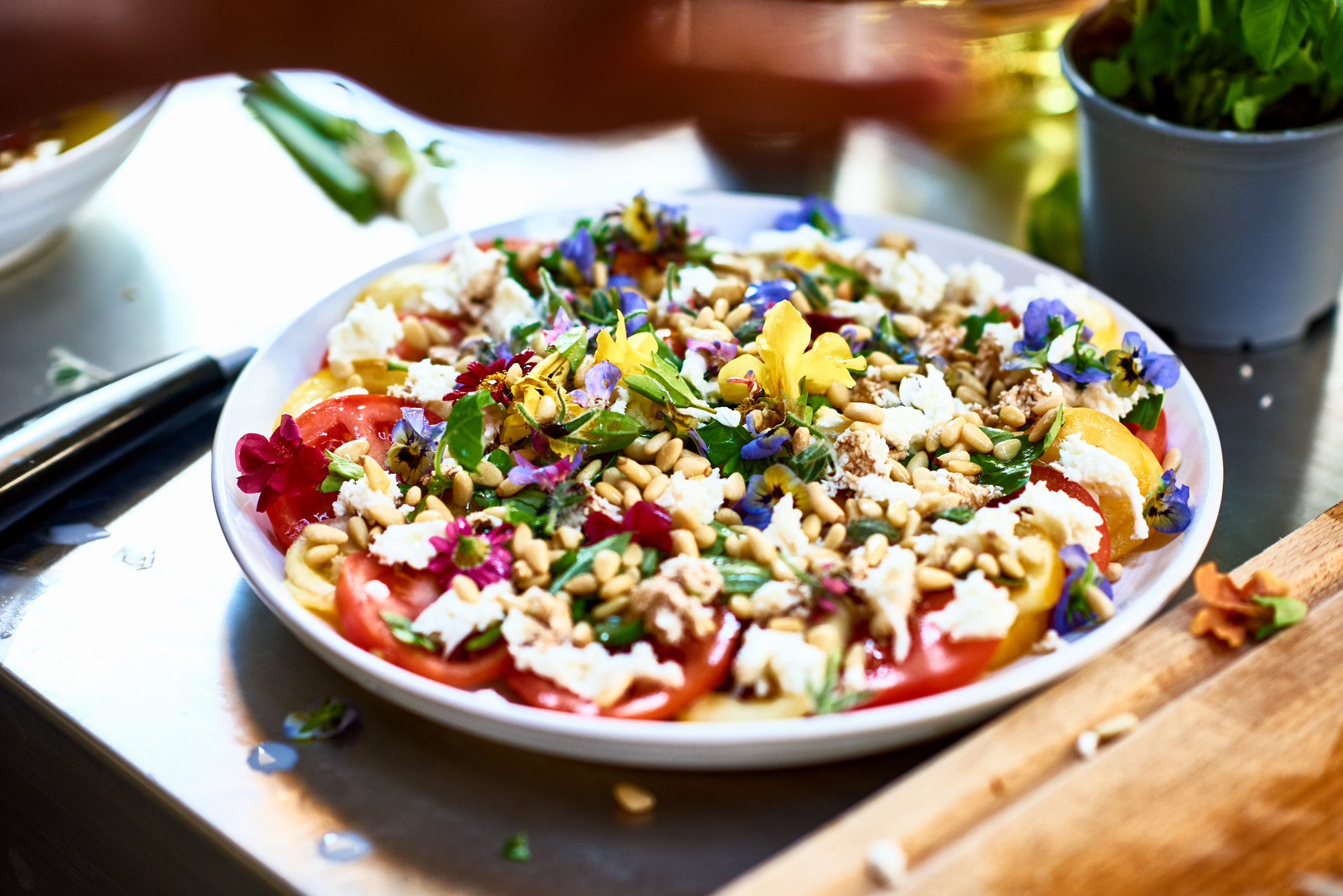
You’ve got your flowers ready to go, now comes the fun part of exploring the best ways to incorporate these beautiful blooms into your everyday eats.
'My favorite uses for edible flowers are in salads, charcuterie boards, cakes, beautifully pressed cookies, and ice cubes! Whatever the use, I find that they elevate a dish and I always hear 'oohs' and 'aahhs' from guests who enjoy them,' says Jen McDonald of Garden Girls.
Master gardener Mary Jane Duford at Home for the Harvest loves using flowers scattered in summer salads, and even hot drinks. 'Salads are the easiest way to use edible flowers in everyday life,' she says. 'Favorites like nasturtium, borage, and calendula can add a range of flavors from peppery to sweet. Edible flowers like chamomile, hibiscus, and rose can be prepared and steeped in hot water to make aromatic herbal teas too.'
Is it safe to forage for edible flowers?

Foraging has become a huge trend in recent years, but according to the experts foraging for edible flowers isn’t always the safest option.
'You can forage for edible flowers if you feel confident that what you’re looking for is truly edible and not toxic,' plant expert Jen McDonald says. 'Some flowers, like Foxglove, look innocent enough, but are definitely toxic and should not be ingested.'
'The other concern on foraging is that you don’t know if the flowers have been stomped on, sprayed with chemicals or pesticides, or perhaps used as a bathroom by dogs or other outdoor creatures! I much prefer to plant my own edible flowers by seed and transplant. I know exactly how they’ve grown, where they’ve grown, and under what conditions.'
Master gardener Mary Jane Duford adds: 'Foraging edible flowers can be relatively safe with a trained guide, careful identification, and the avoidance of contaminated areas. Always obtain permission, be aware of local regulations, and use sustainable harvesting practices. Many plants are toxic, and allergies or individual negative reactions are possible. Foraging mistakes are always a possibility, even when using reputable field guides or consulting with knowledgeable local foragers.'
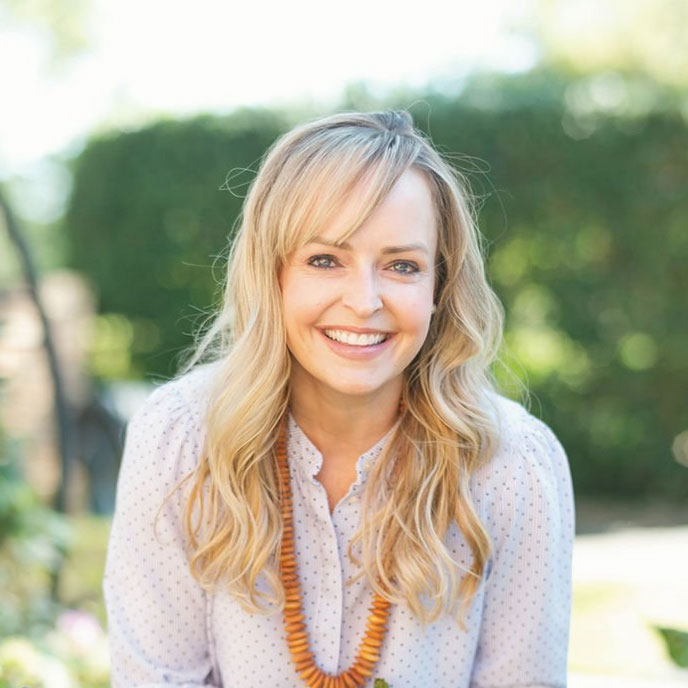
Jen McDonald is a garden designer and co-founder of Garden Girls, based in Houston, Texas. With 14 raised garden beds and over 400 square feet of garden space, Jen grows everything from peanuts to pumpkins, amaranth to artichokes. Her goal is to “elevate the everyday” through kitchen garden design and turnkey installation.
What are the golden rules for growing edible flowers?

From preventing bad harvests to practicing good fruit and veg maintenance, the experts have a whole heap of advice to help you grow and harvest edible flowers the right (and safe) way.
Master gardener Mary Jane Duford’s golden rule: grow what you know! 'Only eat flowers you've identified as safe and edible,' she says. 'Grow your edible flowers with your vegetables, and don’t mix them in with flowers that aren’t edible. Test your garden soil for contamination, or grow your plants in raised beds or by container gardening with high-quality purchased potting mix. Don’t use pesticides on or around your garden.'
Plus, as with all food and drink, proper preparation is key. 'Some edible flowers need proper preparation before being consumed, as not all parts of the flower are edible,' she advises. 'Enjoy them in moderation, too. Treat flowers like herbs and spices. Many plants with flowers that are listed as edible can have medical consequences like diuretic or sedative effects in large quantities.'
Matilda Bourne is a freelance homes, gardens and food writer, stylist and photographer. Known for creating and capturing content for multiple international brands, her work has been featured in The Telegraph, The Daily Mail, and Hello! magazine. When she’s not writing, you can usually find her tending to her much-loved garden and scouring thrift stores for vintage furniture.

